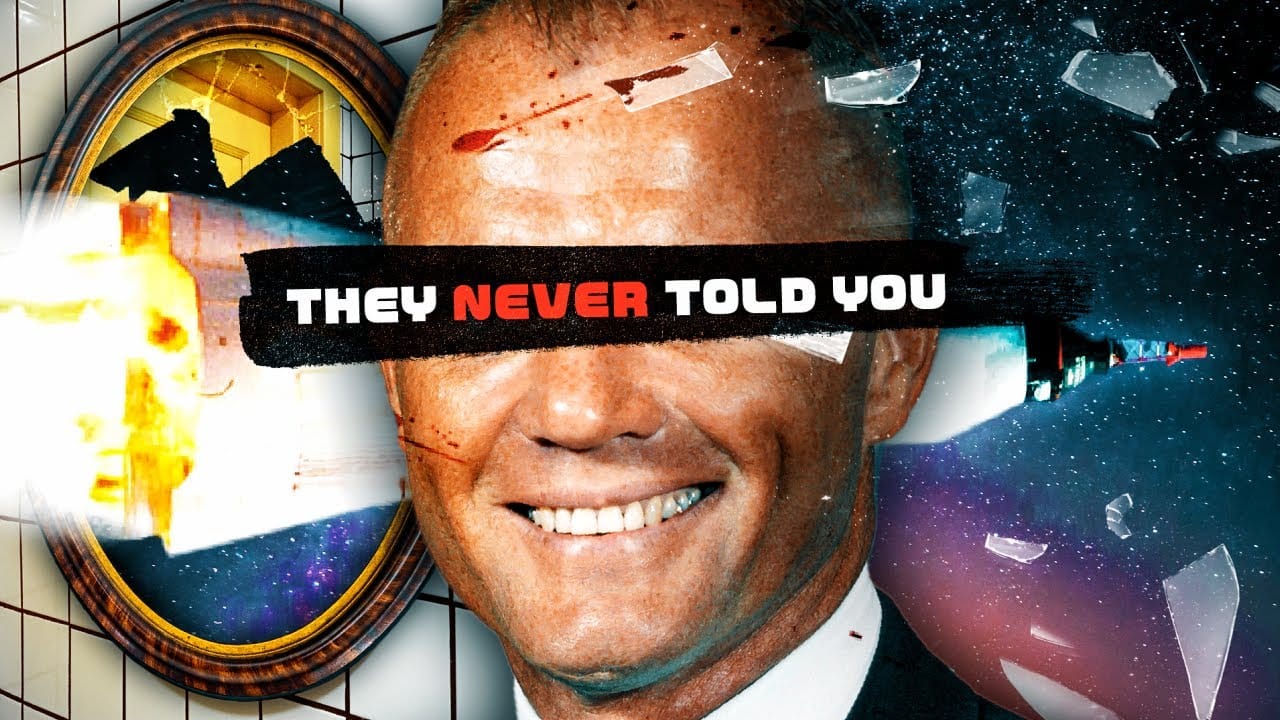Popular Science
The Secret Mine That Took Us To Space
The Space Race, the Cold War, and the Moon Landing all have an origin story connected to a small, obscure silver iron mining operation in the mountains of Lower Saxony in Germany – and it’s such a complex, unbelievable tale that it exposes our most dangerous intersections of science and morality. 14 tons of buried…
Popular Science
The Day We Made Frankenstein’s Monster
When Everett Knowles hitched a ride on a Boston train, he expected to make it home in a few minutes. But the result was the final leg of a medical history journey more than 30,000 years in the making when Eddy Knowles’ doctors turned tragedy into a medical miracle. The path from accident to surgery…
Popular Science
The Astronaut Who Crashed In The Bathroom
When a 40-year old Ohio man named John fell in the bathroom and hit his head on the tub, no one expected it to change how the entire world approached space exploration. But John Glenn wasn’t just a business traveler in a hotel room, and the medical mystery that followed changed NASA and the space…
Popular Science
The Futuristic Toy Moms HATED (Captain Power)
The 80s may have been the golden age for both toys and kids’ TV. He Man, Thundercats, GI Joe… it was the best time in history for action and action figures. Mattel had a grand idea to combine the two into one experience: Captain Power and the Soldiers of the Future would not only present…
-

 Science & Technology4 years ago
Science & Technology4 years agoNitya Subramanian: Products and Protocol
-

 Wired5 years ago
Wired5 years agoHow This Guy Became a World Champion Boomerang Thrower | WIRED
-

 CNET4 years ago
CNET4 years agoWays you can help Black Lives Matter movement (links, orgs, and more) 👈🏽
-

 Wired5 years ago
Wired5 years agoNeuroscientist Explains ASMR’s Effects on the Brain & The Body | WIRED
-

 Wired5 years ago
Wired5 years agoWhy It’s Almost Impossible to Solve a Rubik’s Cube in Under 3 Seconds | WIRED
-

 Wired5 years ago
Wired5 years agoFormer FBI Agent Explains How to Read Body Language | Tradecraft | WIRED
-

 People & Blogs2 years ago
People & Blogs2 years agoSleep Expert Answers Questions From Twitter 💤 | Tech Support | WIRED
-

 Wired5 years ago
Wired5 years agoJessica Alba & Gabrielle Union Answer the Web’s Most Searched Questions | WIRED



















@BeenDownSoLong...
March 22, 2024 at 12:21 pm
In my opinion, you should have said the cache also contained documents pointing out that the end justifies the means. Or at least they were making the case for a Machiavellian justification for their behavior. Oh, and that was a nice “Fine-tuning” argument at the end there. To what purpose?
@JohnJones-oy3md
March 22, 2024 at 12:35 pm
I was assured that it was a bunch of sassy black ladies crunching numbers that got us to the moon.
@Conrad500
March 23, 2024 at 2:45 pm
It is! As well as many other moving parts just as vital to the process. There’s a reason the saying is “it’s not rocket science,” because when it is, it really is.
@Conrad500
March 22, 2024 at 12:40 pm
Ok, now tell me where they hid non paper treasure
@Pieceoreece
March 22, 2024 at 4:42 pm
Ok i’ll bite…
@Matpatfan101
March 22, 2024 at 8:14 pm
You’ve earned a sub!
@Xxvier123
March 22, 2024 at 8:14 pm
You’ve earned a sub!
@KoenZyxYssel
March 23, 2024 at 2:02 pm
Never heard about this but I did figure the german scientists that defected during/after the war had a lot to do with the scientific advances in the US after the war, and having people that actually understand the subject matter is probably more valuable than having technical documents you don’t fully understand. And yeah, I’m not surprised that the US was only looking out for its own best interest before and during the war. It’s what nations do (in so far as the US is a nation, that’s another topic) and nazi germany was no different: they were left bankrupt after the first world war so they decided to reject that reality and substitute their own. Wars are pointless things that make perfect sense, especially when you take into account that people do pointless things (like going to the moon).
@ddturnerphd
March 24, 2024 at 5:46 am
Awesome!
@noooosleepp
March 27, 2024 at 5:54 am
Love the content and so glad I found the channel. Interesting and different discussions. Great work.
@MB-st7be
April 9, 2024 at 8:46 am
Yeesh who wrote this script? Way too incoherent